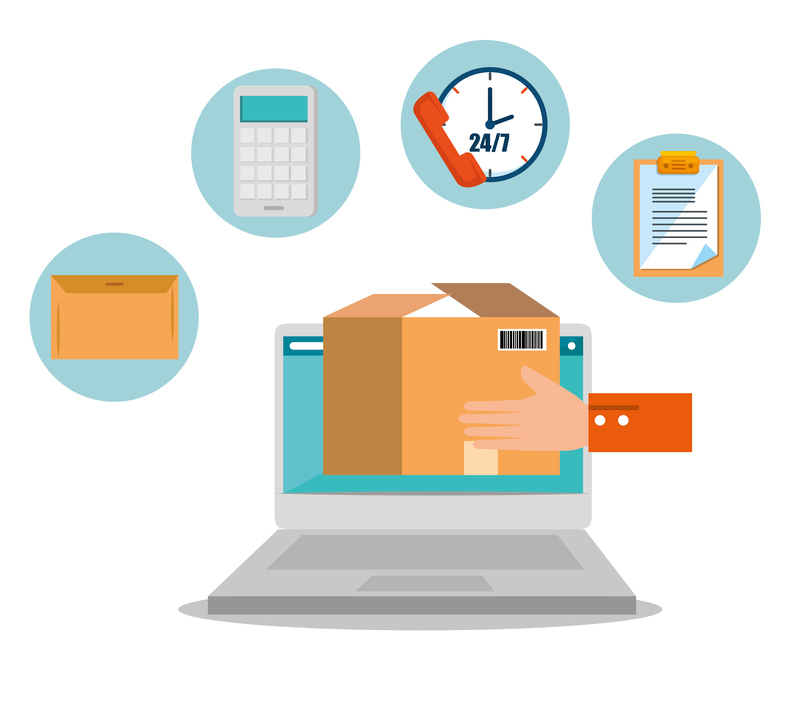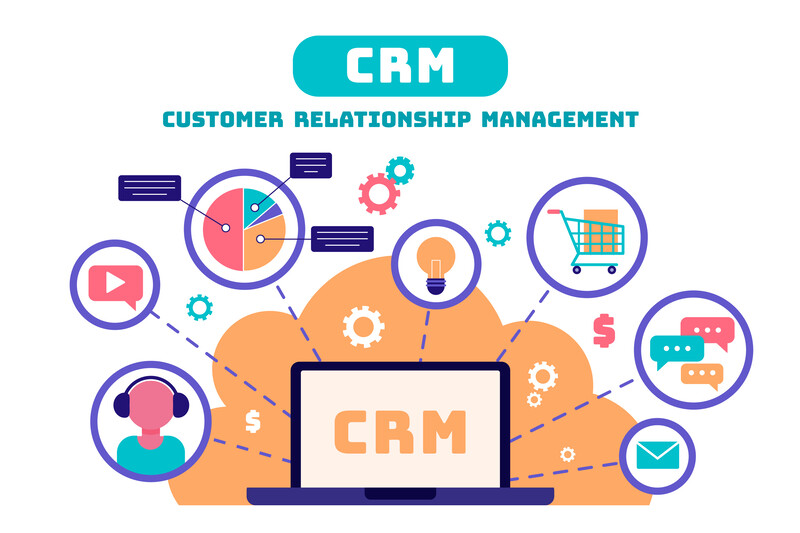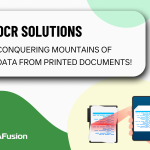Resources > Blog > 8> RPA: The Smart Solutions For Repetitive Task
THE SMART SOLUTIONS FOR REPETITIVE TASK
According to the recent report from DataHorizzon Research, the RPA market is projected to reach USD 81.8 billion by 2032, growing at a 36.6% CAGR. RPA has proven to enhance efficiency, agility, scalability, and cost savings, by automating repetitive tasks. If your business is burdened with repetitive task, it’s time to consider RPA for more efficient operations.
THE REPETITIVE TASK THAT YOU SHOULDN’T OVERLOOK IN YOUR BUSINESS
Research shows that the average office worker spends 50% of their time on repetitive tasks. These routine activities significantly hinder a business’s efficiency and productivity, slowing down growth. Ignoring these tasks can create substantial barriers to achieving optimal performance. To overcome these challenges, consider automating repetitive task using Robotic Process Automation (RPA). Below is a list of business operations that can be streamlined with RPA to enhance efficiency.
Invoice management
Invoice management is a critical process that demands precision and accuracy at every step. It involves six essential steps:
- Invoice Receipt and Sorting: Invoices arrive in various formats and must be directed to the correct department or individual.
- Data Entry: The data must be entered into the accounting system accurately to prevent errors.
- Verification and Matching: Invoices must be verified against purchase orders and delivery receipts, a process prone to human error.
- Approval Workflow: After verification, invoices require approval from multiple management levels, often causing delays due to manual routing.
- Payment Scheduling: Approved invoices are scheduled for payment. Payment timing is crucial to avoid late fees or missed discounts.
- Record Keeping: Every step of the invoice process must be documented for audits, which is challenging with manual systems.
Given the complexity and daily volume of invoices, 82% of financial departments feel overwhelmed with the workload. The variety of invoice formats further complicates the process, highlighting the need for automation to reduce the burden of repetitive task and improve efficiency.

Inventory management
As businesses grow and expand their product categories, managing inventory becomes increasingly complex and time-consuming. The process involves numerous repetitive task that are prone to inefficiency, which can disrupt the entire supply chain. Key aspects of manual inventory management include:
- Data Entry: Manually recording inventory data, such as stock levels and transactions.
- Order Processing: Manually tracking and processing orders involves updating inventory levels. Discover how RPA is benefiting order processing and making it more efficient than ever.
- Updating Inventory Status: Inventory records are manually updated for sales, returns, and transfers, often leading to outdated information.
- Inventory Reconciliation: Physical inventory is manually counted and compared with system records.

Customer relationship management (CRM)
Building and maintaining long-term customer relationships is essential for any business. The extensive customer data collected holds valuable insights and trends that can greatly enhance sales. In order to efficiently utilize those insights, automate repetitive task in this process is most needed:
- Collecting New Customer Data: Entering new customer information into the CRM system.
- Managing Existing Customer Data: Regularly updating and organizing customer records.
- Tracking Repeat Customer Purchases: Keeping track of customer purchase histories requires ongoing manual updates.
- Enhancing Customer Service: Responding to inquiries, resolving issues, and maintaining communication is essential for customer satisfaction, needing round-the-clock support.
- Analyzing Customer Data: Analyzing customer data to spot trends and patterns.

Reporting & Analytics
Like other critical business functions, reporting and analyzing sales summaries, invoices, and performance data are indispensable to business operations. These tasks allow businesses to review and evaluate their performance, identify areas for improvement, and make informed decisions. Despite their importance, these tasks are often repetitive and time-consuming. Robotic Process Automation (RPA) can optimize these processes, enhancing efficiency and accuracy.
- Collecting Data: Gathering data from various sources.
- Analyzing Data: Reviewing and interpreting data to uncover trends and insights.
- Generating Reports: Creating detailed reports on sales, invoices, and performance metrics helps businesses track progress and outcomes.
- Providing Predictions: Analyzing past data to forecast future trends is vital for strategic planning and staying competitive.

UTILIZE ROBOTIC PROCESS AUTOMATION (RPA) TO OPTIMIZE REPETITIVE TASK
What is RPA?
Robotic Process Automation (RPA) refers to software tools that automate manual, rule-based, and repetitive tasks. RPA can replicate tasks that follow a clear set of logical steps, streamlining processes that would otherwise require significant human effort. Rather than replacing the underlying business applications, RPA works alongside them, automating the repetitive actions programmed into the system.
The benefits of RPA to streamline repetitive task
Leveraging (RPA) to streamline repetitive task offers numerous advantages for businesses looking to optimize resources and boost efficiency:
- Accuracy and Quality: RPA excels at automating repetitive tasks with precision. By strictly following predefined steps, RPA ensures tasks are completed without errors, significantly reducing the need for rework. This enhances the overall quality and reliability of the outcomes.
- Time Savings: In addition to its accuracy, RPA accelerates task completion. Automation can significantly reduce processing times, with reports indicating that employees save an average of 3.6 hours per week through automation. This allows businesses to accomplish more in less time, enhancing operational efficiency.
- Optimizing Human Resources: By automating mundane and repetitive tasks, RPA frees up employees to focus on higher-value work that requires creativity and critical thinking. This shift not only boosts productivity but also improves employee satisfaction, as staff can engage in more meaningful and rewarding activities.
- Cost Efficiency: Implementing RPA has shown to be a cost-effective strategy for many companies by reducing the need for human labor. This led to savings of 35% to 65% in operational costs. This reduction in expenses allows businesses to allocate resources more effectively, contributing to overall financial health.
- Improved Analytics: RPA can enhance data collection and processing, providing businesses with more accurate and timely insights. With better analytics, companies can make more informed decisions, optimize processes, and identify opportunities for growth.
- Enhanced Business Efficiency: By automating routine tasks, RPA streamlines operations and reduces the bottlenecks often caused by manual processes. This leads to smoother workflows, faster response times, and an overall increase in business efficiency.
RPA has already delivered significant benefits to businesses worldwide. According to industry statistics, RPA has been successfully adopted by numerous companies, demonstrating its effectiveness in transforming operations and driving business success. As more organizations continue to embrace this technology, the potential for even greater efficiency and innovation becomes increasingly evident.
Our RPA services cover everything from simple tasks like automating emails and generating reports to more advanced functions like account reconciliation with AI. We tailor our solutions to fit your business’s unique needs. Curious about how RPA could work for you? Reach out to us, and we’ll help you navigate your automation journey with a comprehensive consultation.




 Previous Post
Previous Post Next Post
Next Post


